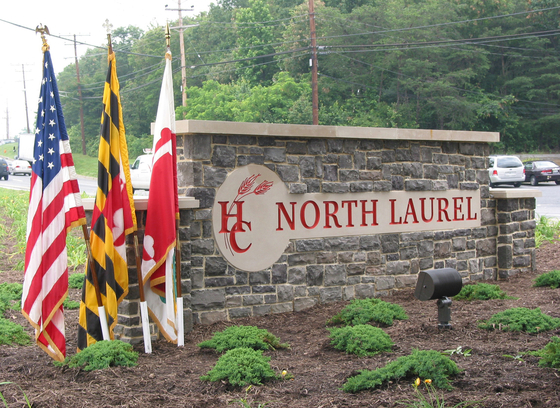About
The Route 1 Corridor spans the entire length of Route 1, also known as Washington Boulevard, which extends nearly 12 miles through Howard County. Land east of Route 1 to Anne Arundel County and west to Interstate 95 is included in the Route 1 Corridor. Click here to see a map of the Corridor.
A Route 1 Corridor Plan for Washington Boulevard was adopted in 2023 alongside the County’s General Plan, HoCo By Design.

History of the Corridor
The Route 1 Corridor serves the easternmost part of Howard County. The ‘Washington and Baltimore Turnpike’ opened in the early 1800s, connecting the District of Columbia, Baltimore, and Philadelphia to the north. Once the interstate system was constructed, Route 1 served as the main north-south highway connecting the East Coast from Maine to Florida. The Route 1 Corridor also supported the B&O Railroad with multiple stations along the way. Before Columbia was built in the late 1960s, the Corridor was the epicenter of commercial activity for the County. Consequently, the area was historically zoned for both industrial and supporting commercial uses, and the roadway was designed to support the movement of goods and people regionally. The land use patterns were typically characterized by motels and hotels, roadside restaurants, trucking terminals, warehouses, and various other uses. Many long-standing industrial uses still exist today.
Corridor Planning
In 2018, the County launched a Route 1 Corridor master planning initiative to develop recommendations for revitalization strategies specific to Route 1. Since the HoCo By Design General Plan update was launched while the Route 1 Corridor master planning effort was underway, that initiative was woven into HoCo By Design, including reports and recommendations based on community input received and an evaluation of conditions along the Corridor. Data was incorporated into HoCo By Design’s countywide analysis and modeling, allowing for a more comprehensive evaluation of the Corridor relative to Howard County as a whole.
This Plan should be read as a supplement to the broader policies and implementing actions of HoCo By Design, which gives specific attention to the unique character, challenges, and opportunities of the Route 1 Corridor. Also, three Route 1 Corridor physical assessment reports were drafted in 2020 as products of an extensive master planning process conducted from 2018 to 2020. The assessments evaluated three general topics: market and demographic trends; transportation and transit; and land use and urban design. The assessments presented historical context; identified existing conditions and emerging trends; and listed topics for further study in the General Plan update. The combination of these assessments (including an Executive Summary) and the strategy presented in this Plan serve as a long-range plan for the Route 1 Corridor